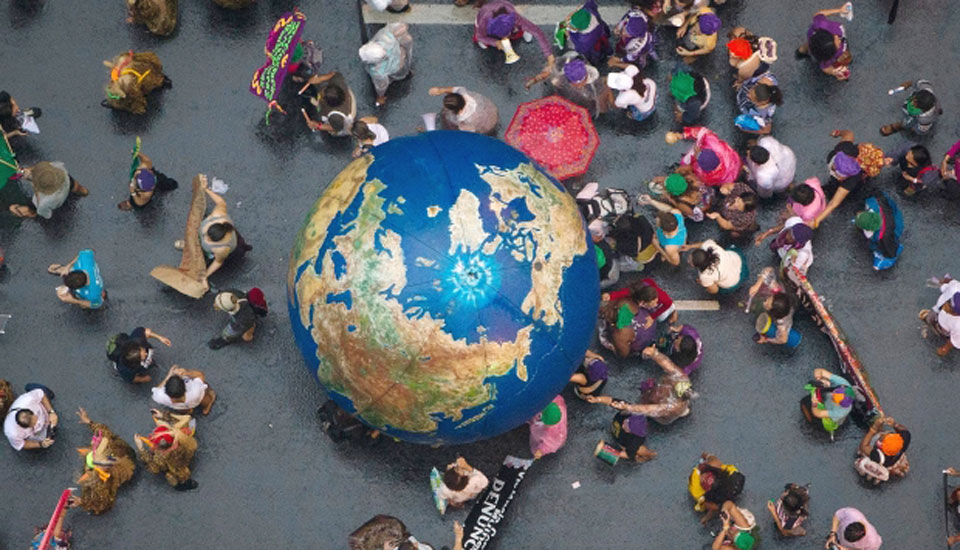An estimated one billion people around the globe face challenges in proving who they are. Being able to reliably verify the identities of their population is critical for countries to deliver services efficiently, strengthen their ability to raise revenues, and foster growth in the private sector. Accurate data on who these people are is vital for all stakeholders to close this gap, and especially to “leave no one behind”. For the first time, ID4D has gathered data from 99 countries on foundational ID coverage, use, and barriers to access. Early findings suggest that residents of low-income countries, particularly women and the poorest 40%, are the most affected by a lack of ID.
However, The UN Legal Identity project in Honduras has a special focus on Indigenous peoples, LGBTQI+, minorities and persons with disabilities. Around 5.4 million people are now enrolled in the new population database in Honduras. This new system has also helped the Honduran authorities to create a more robust electoral database improving the voting system significantly in the 2021 elections. Sierra Leone now has a digital record of six million people who were previously undocumented. Zambia has also built an integrated and digital national registration system.
Sub-Saharan Africa shows the largest coverage gap, where close to one in three people in surveyed countries lack a foundational ID. The poor are disproportionately affected by a lack of ID, with LICs showing the largest income-based gaps. Across the LICs surveyed, 45% of those in the poorest income quintile lack a national ID. For the richest quintile, the figure drops to just 28%. The high fees charged for IDs in many countries and the cost of obtaining the required supporting documents is a key barriers for the poor.
For the government, it means keeping track of revenues generated from taxes, reducing corruption and increasing security. The same identity works to vaccinate as well as enrol children in school. Mozambique has low civil registration indicators, especially death registration (12.1 percent) and birth registration (49 percent). Zambia has seen an increased registration of birth from 14.3 percent to 84 percent as of 2022. By 2025, the United Nations Legal Identity Agenda Task Force aims to assist Member States to enable more than 300 million people to acquire a legal identity.















